
The Travel Diary: Uzbekistan's man-made water crisis captured in beautiful stills
- Text by Marco Barbieri
- Photography by Marco Barbieri
Uzbekistan is Central Asia’s most populous country, a one-party “democracy” for the last 26 years and one of only two double landlocked countries in the world. I initially travelled to Uzbekistan on a journey to reach the Aral Sea, a mass of water that is rapidly receding as the result of one of the biggest (and more overlooked) man-made environmental disasters on earth. But when I got to Central Asia the project quickly evolved into an essay about water, power and how appearances can deceive.
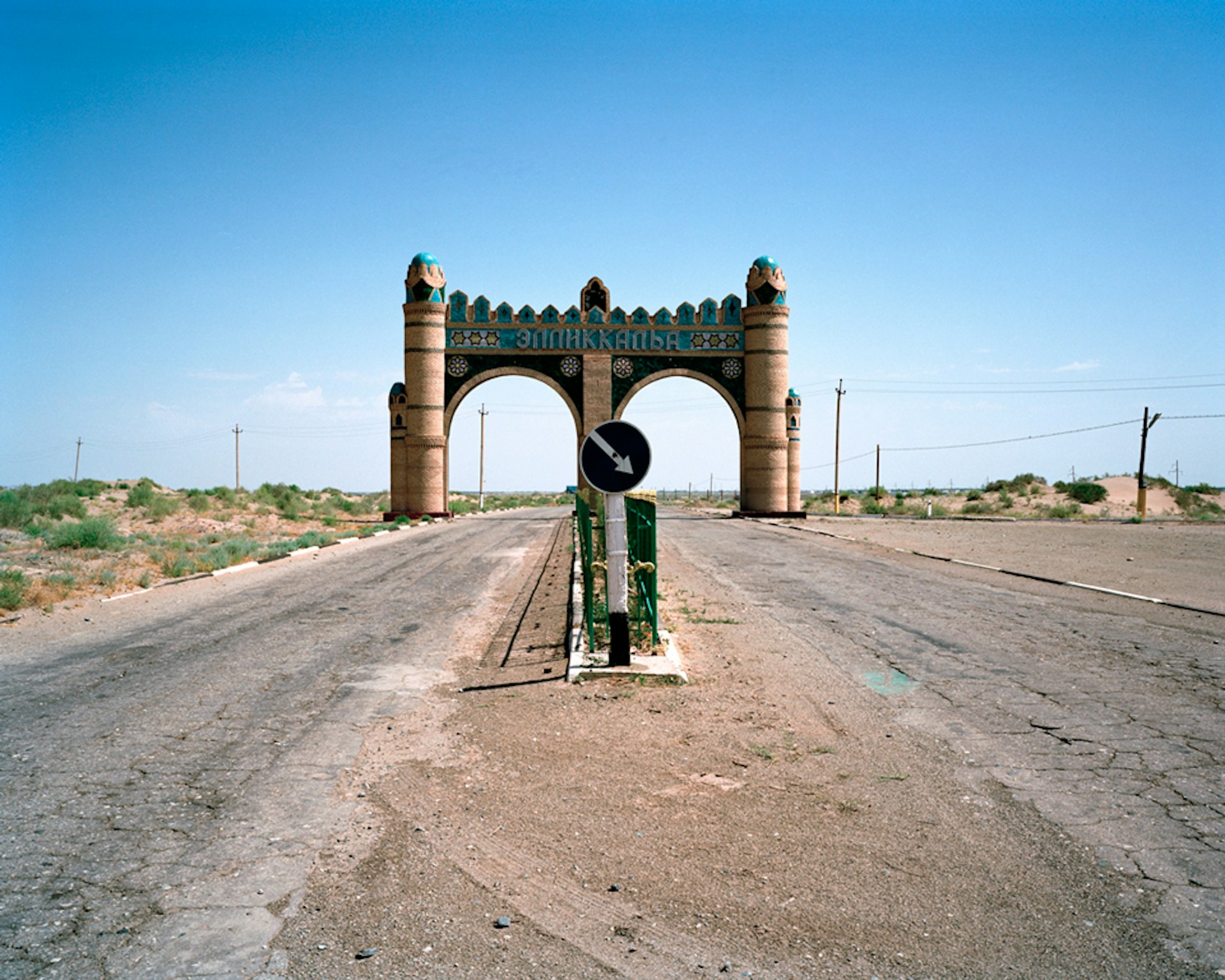
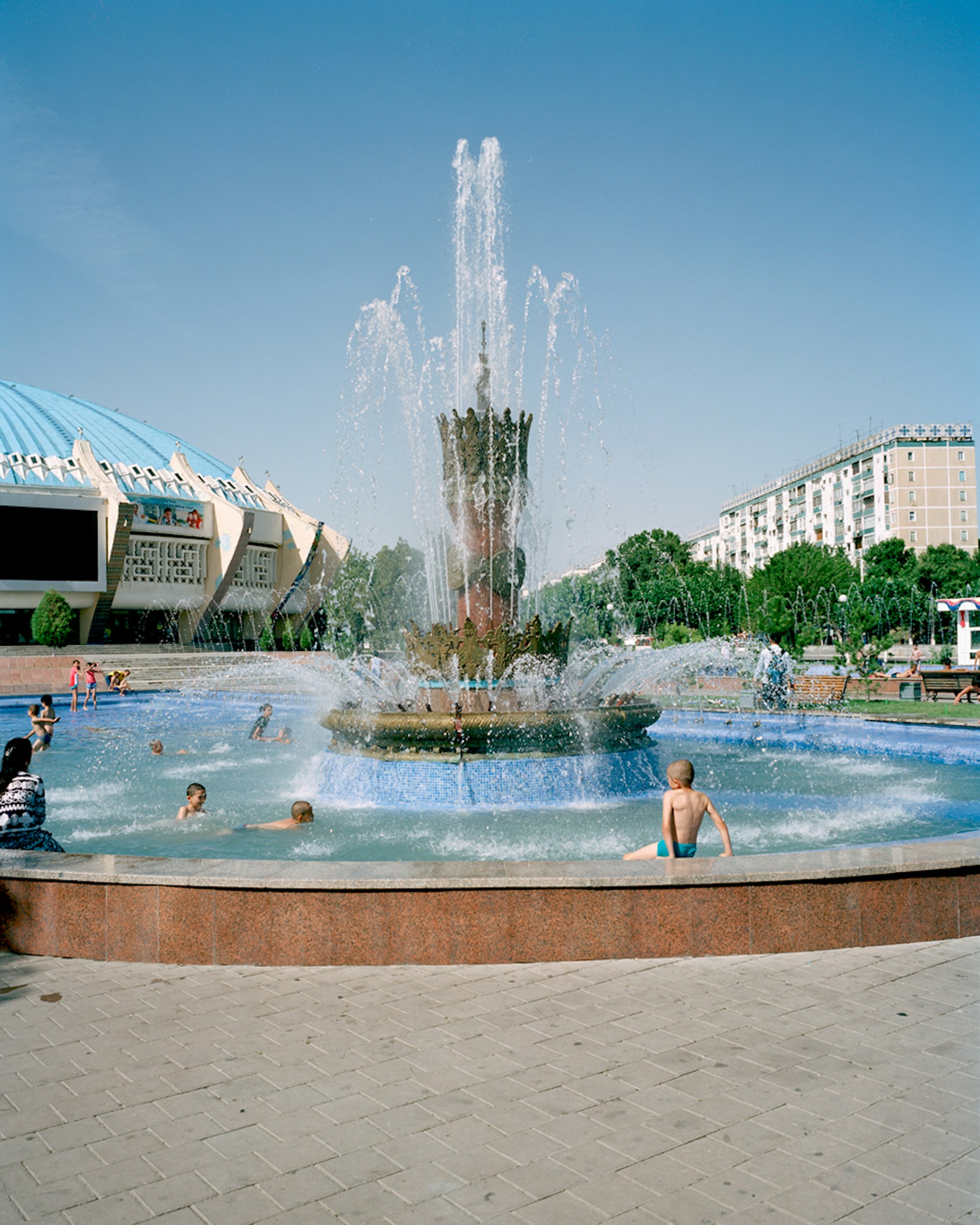
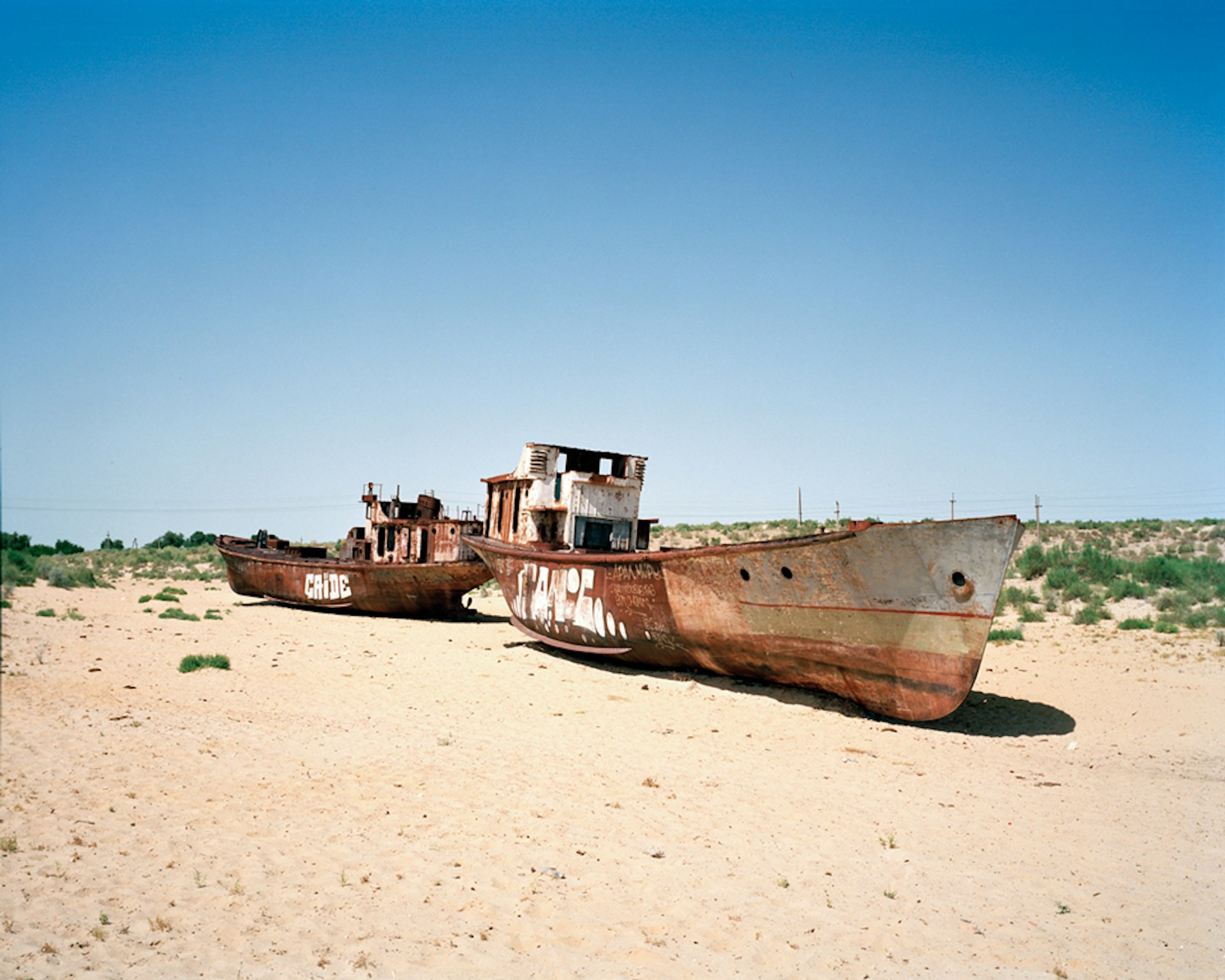
I was confronted with a landscape that was far from the desert environment I was expecting. In the cities, lush gardens and pompous fountains were surrounded by architectural remnants of the Soviet past while clean avenues were dotted by police and military personnel. The land was literally manicured in front of me by men and women cutting it leaf by leaf under the sun.

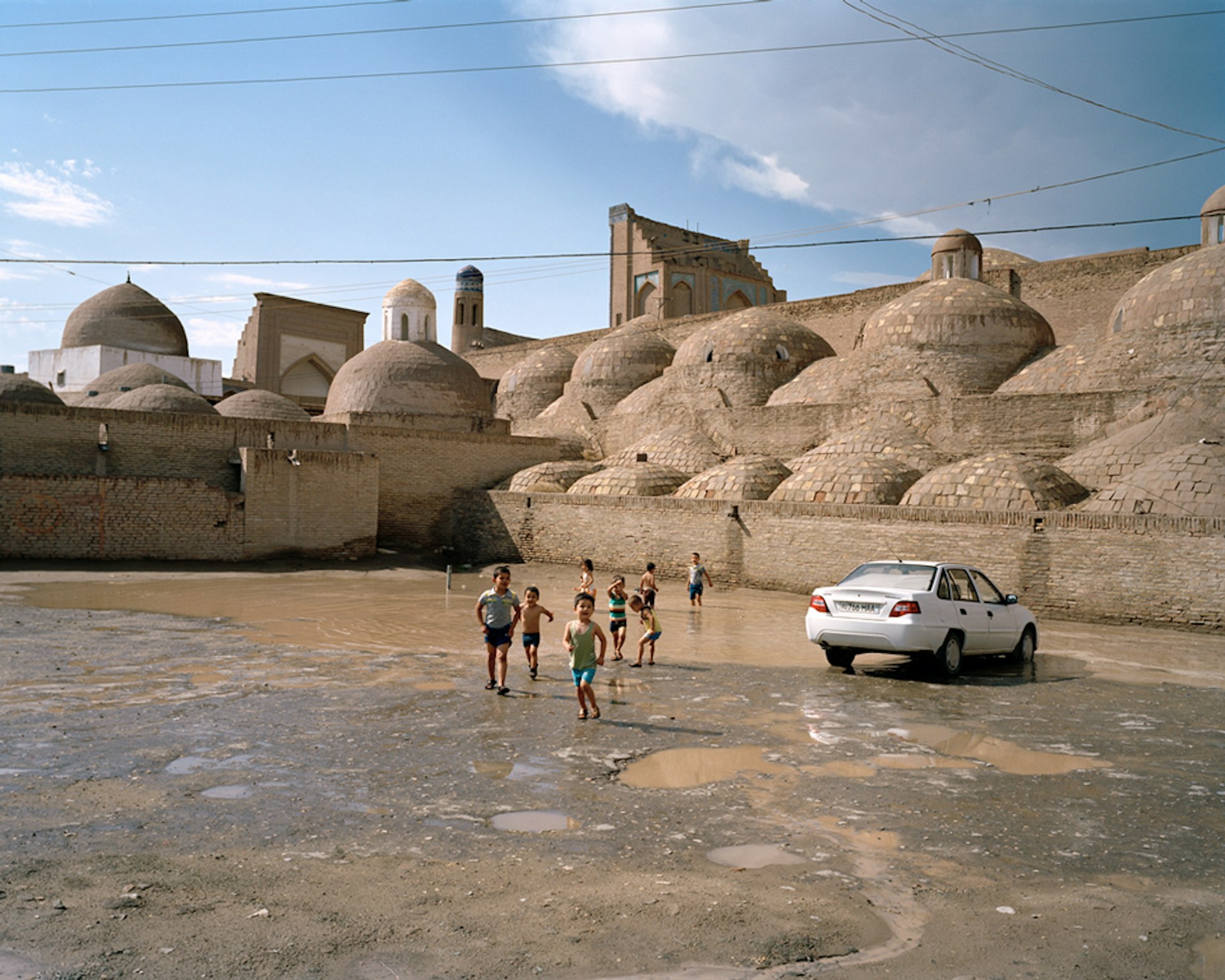
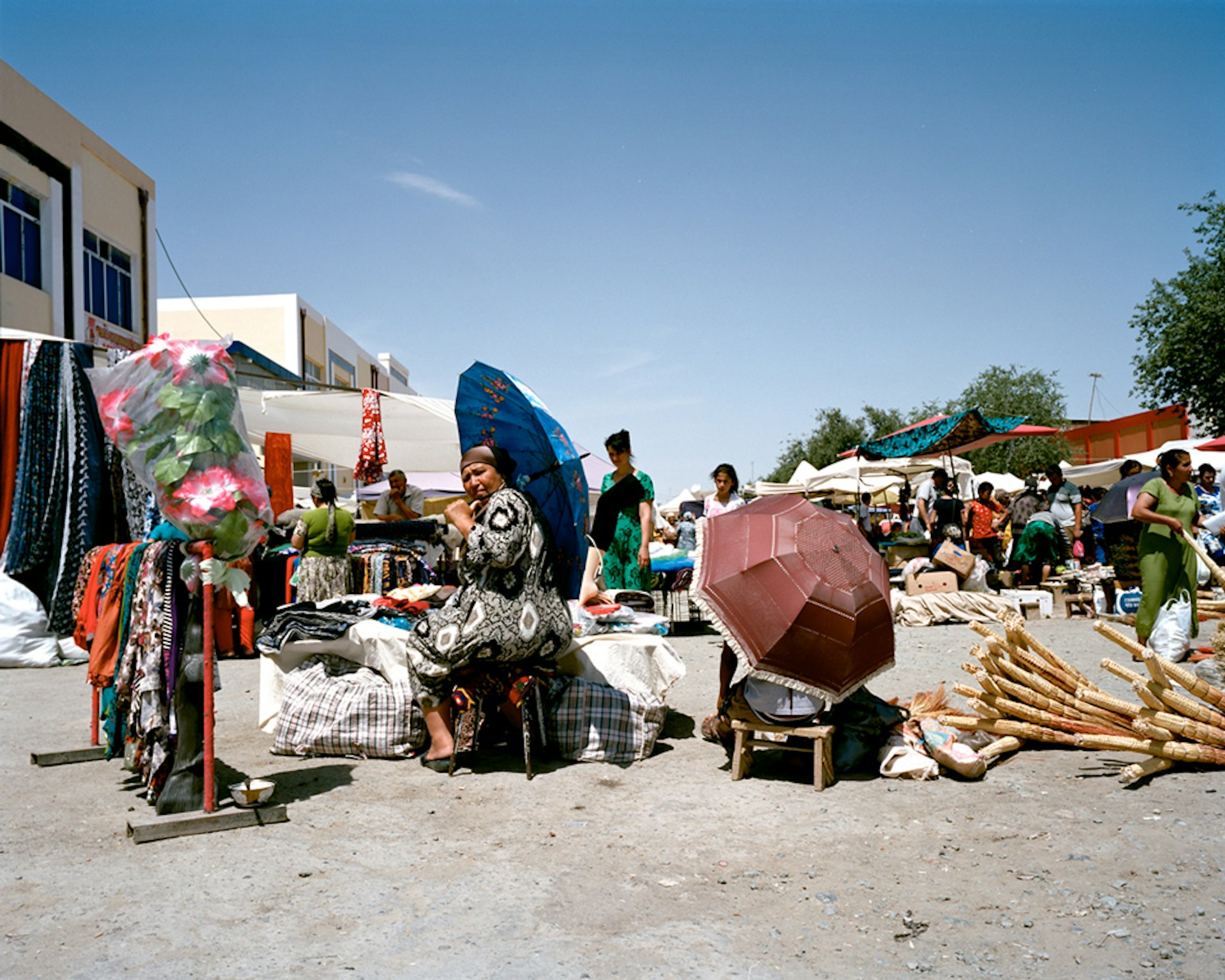
Nowhere was water scarcity more obvious than in the North-Western part of the country. The area was highly affected by the Soviet government decision to transform Uzbekistan into a cotton heaven in the 1960s: canals were built using the water from the Syr Darya and Amu Darya, the two main rivers of the country, and the land became green in other regions. Cotton exports became so important that the plant made it onto the state emblem. But the upshot of this manmade development is unfolding today as an environmental disaster: the Aral Sea deprived of its water intake is rapidly disappearing off the map.
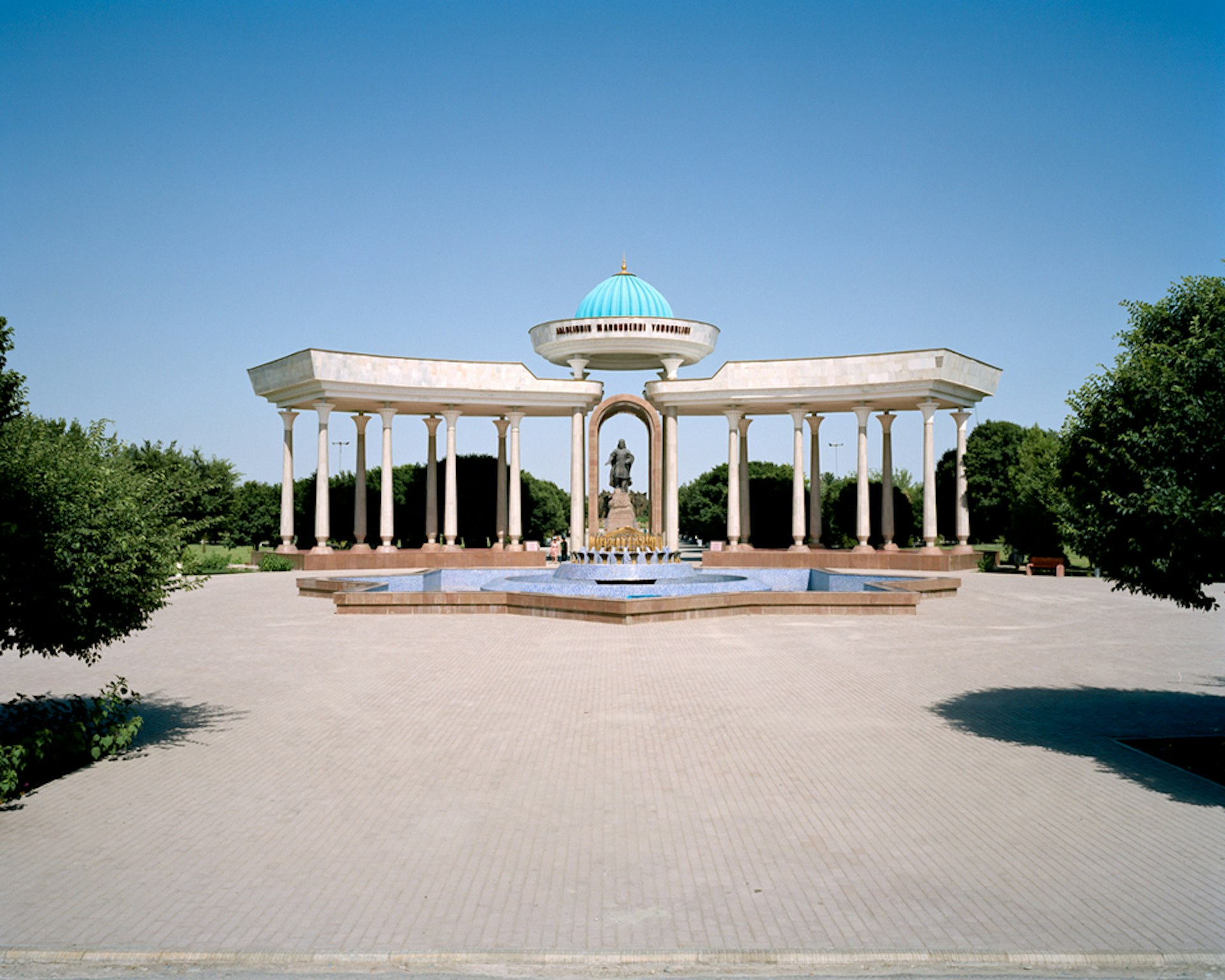

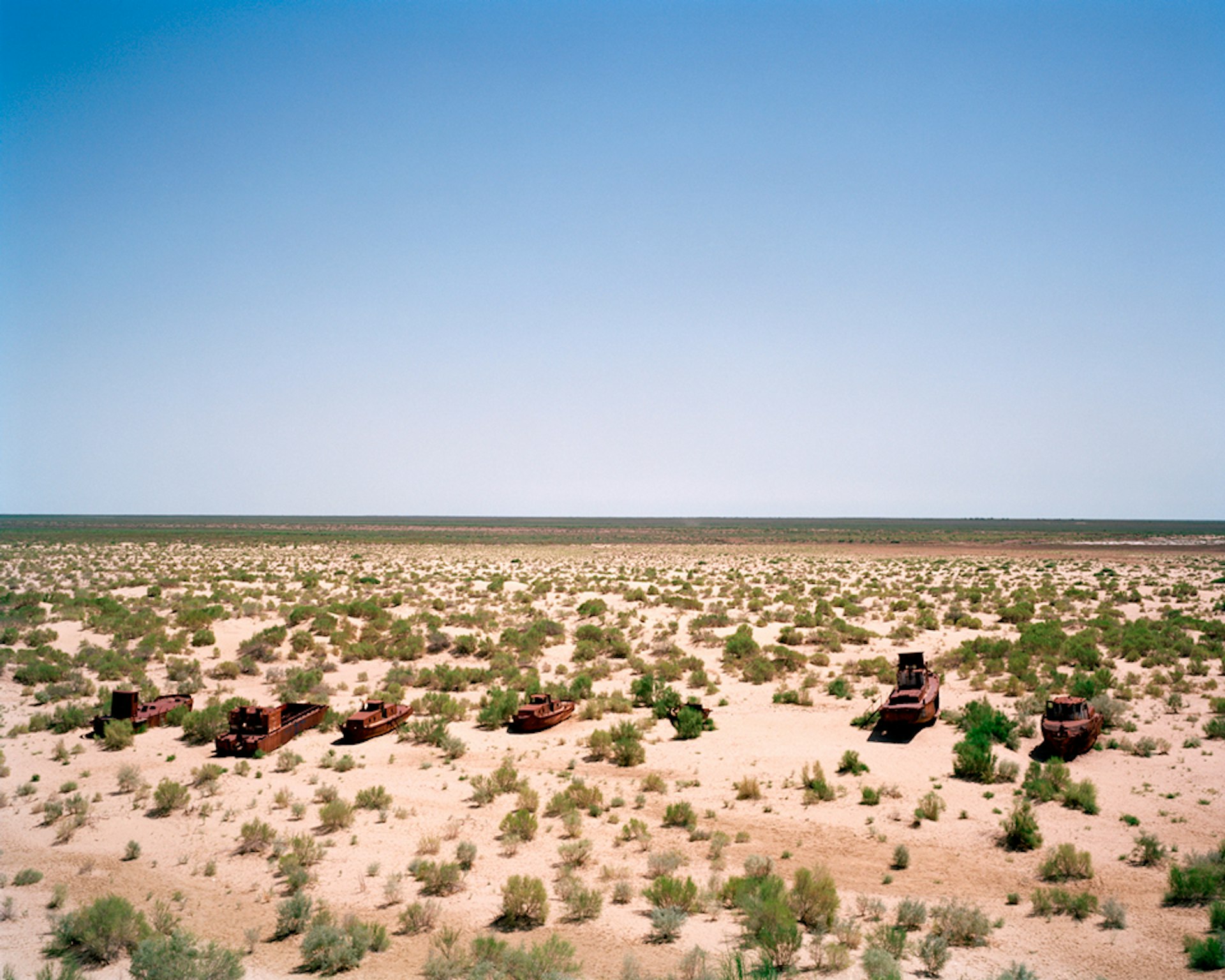
I am usually interested in places where politics play a fundamental role in everyday life.
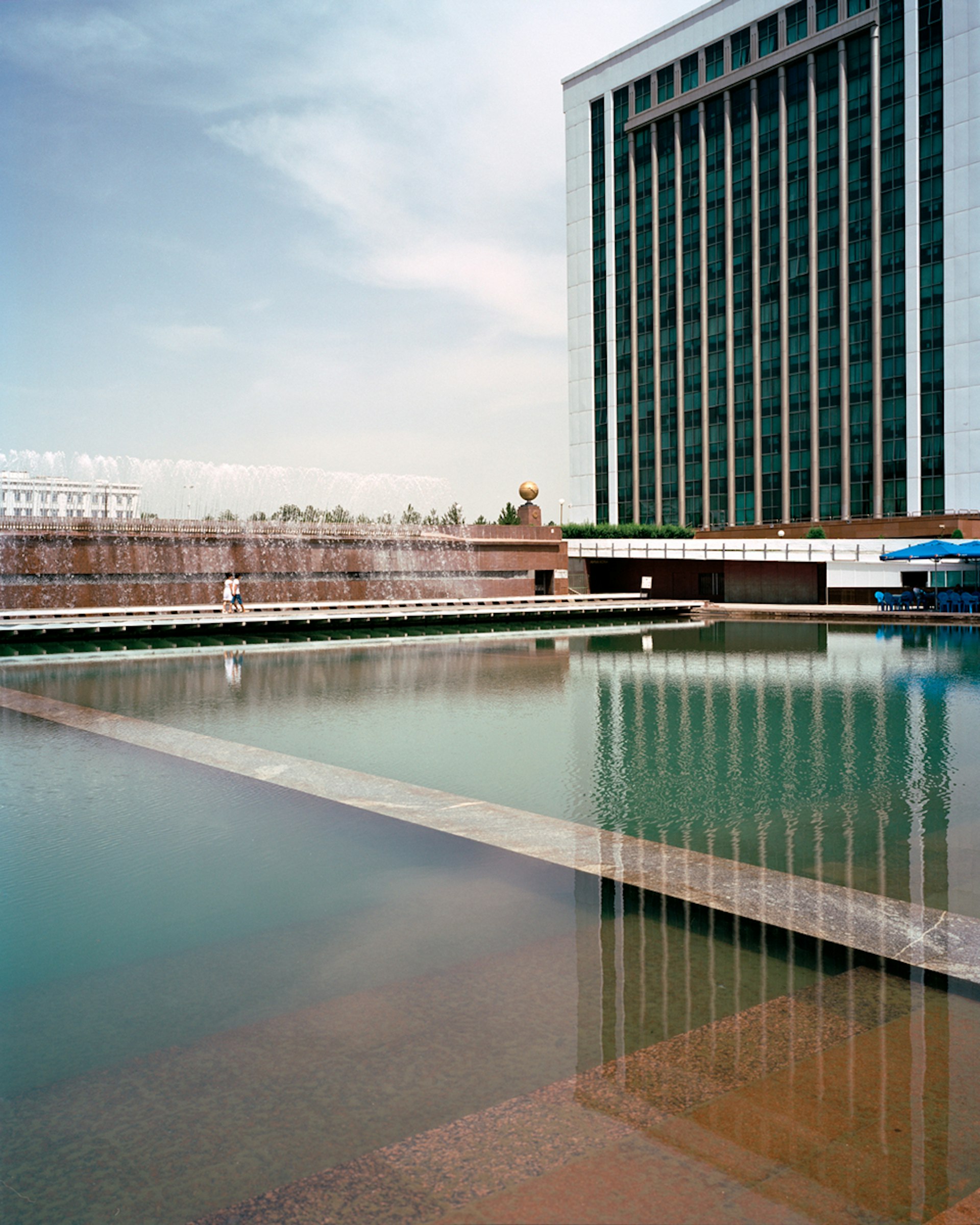

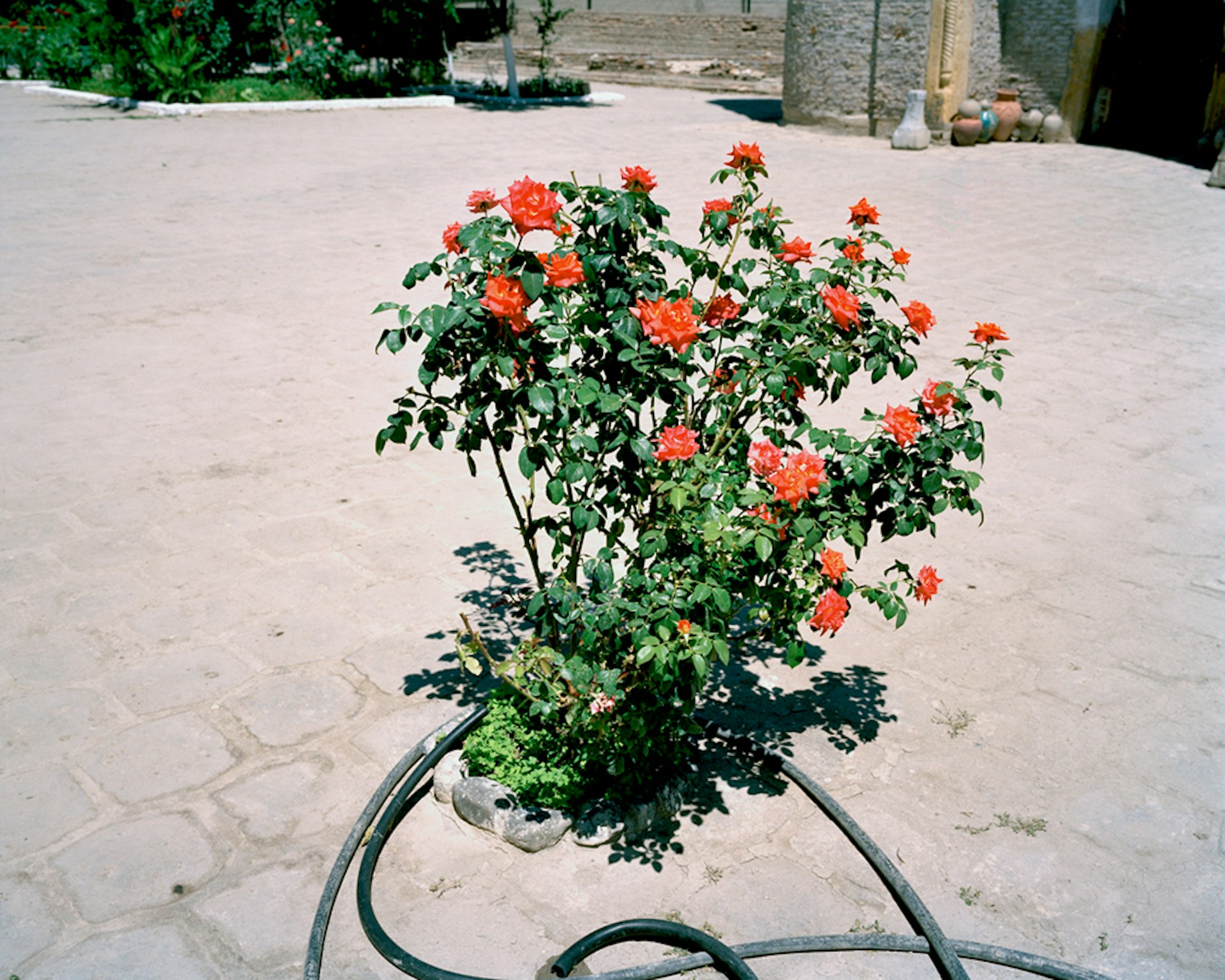
But things may be changing now: on September 1, it was announced that the long serving president died. Islam Karimov was in control from 1990 to 2016 and made sure to keep it this way by making opposition impossible, often using radical Islam as an excuse to block down freedom of speech. In 2005, hundreds of people were killed by government troops during a demonstration that became known as the Andijan massacre: protests were a thing of the past.


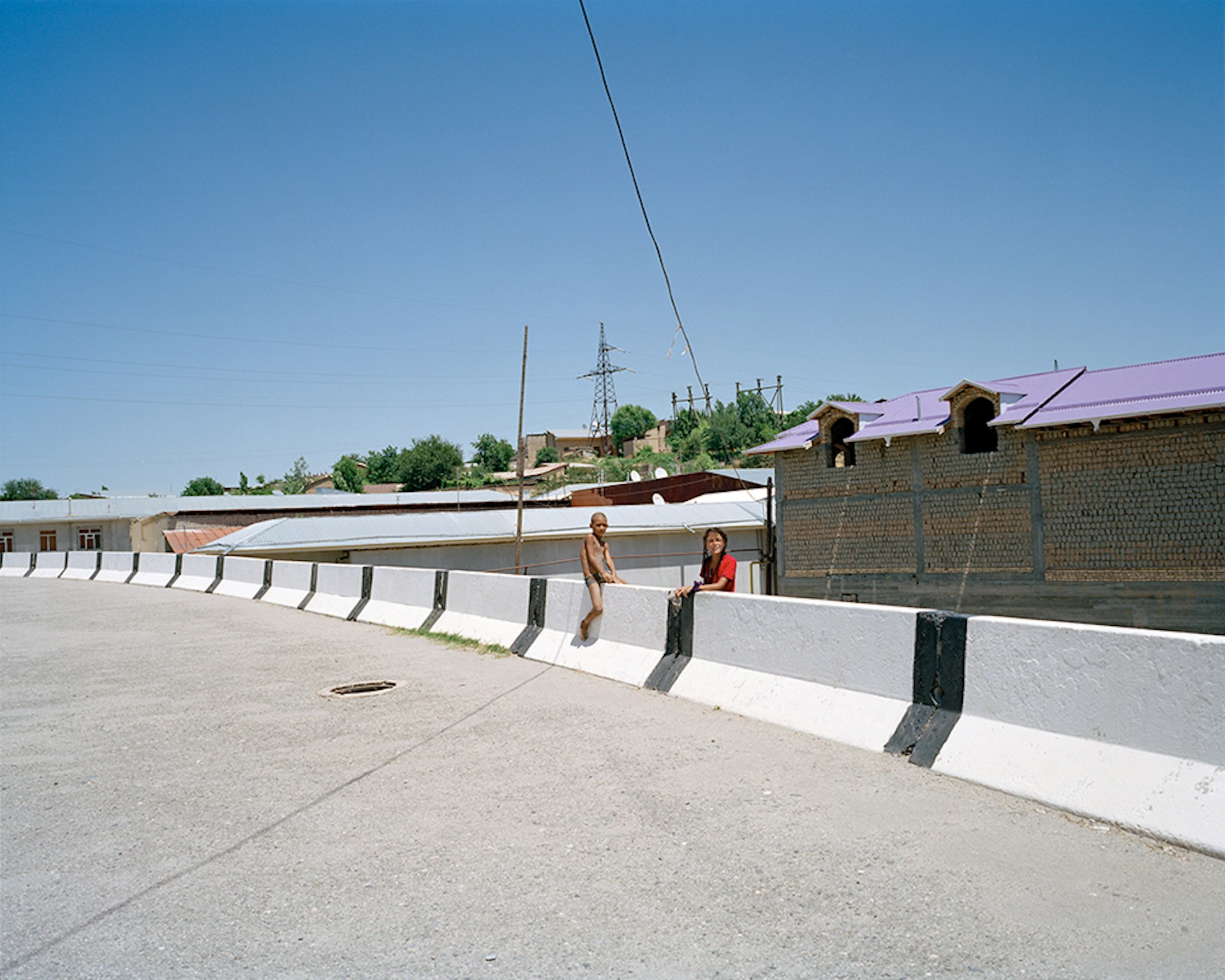
Marco Barbieri is a photographer based in London.
